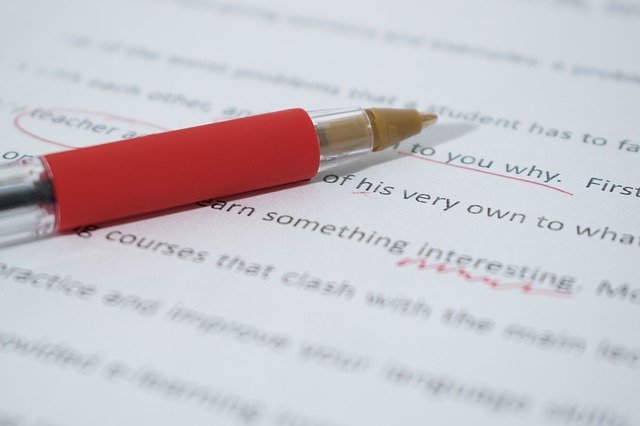A guide to Punctuation and Capitalization Rules
Capitalization Rules:
- The first word of every sentence
- The first word of every direct quotation
- Every important word/s in a title
- Proper names of people, places, cities, countries, streets, languages, races, and nationalities.
Ex: Grandfather – Japan – Brown – Indian – English – Uganda – Oriental
- Names of particular people or things, but not general ones
Ex: I spoke to Professor Smith. I spoke to the professor.
- Names of months, days of the week, and special days, but not the seasons
Ex: February – First of July – Wednesday – Thanksgiving, but not spring – summer
Punctuation Marks Rules:
We use The full stop (.) in three cases: (to end a sentence, abbreviations, with numbers.)
We use The question mark (?) after an interrogative question.
We use the exclamation mark (!) to express feelings and emotions.
The apostrophe (‘) is used with contractions: (do not = don’t) and to indicate possession (bob’s car is very fast).
Colon (:) is used:
- To start a quotation. She said: “She won’t be here next Monday.”
- Between two independent clauses if the second one summarizes or explains the first.
Ex: Bella and I listened to music, played football, danced in the hall, and played chess: we had a great time.
- Between title and subtitle. Ex: College life: how to succeed as a student.
Quotation marks (“…”) are used in the following cases:
- To identify the exact words of the speaker. Start the quote with a capital letter. Ex: He said, “Close the door”.
- To set off the titles of short works.
| Use quotation marks | Use underlines |
| The song, “isn’t it a pity?” The episode of cheers, Diane’s worst day | The television show, Cheers The magazine, lifestyle |
Ex:
- Commas, periods, question marks, exclamation marks that come at the end of a quotation should go inside the quotation marks.
- If the quotation is split into two parts, the 2nd part doesn’t begin with a capital letter unless it begins a 2nd
- If the words are the speaker’s exact words, do not use quotation marks.
- Usually the quotation marks within other quotation marks are reduced to (‘) instead of (“) to distinguish them from one another.
Commas (,) is used in the following cases:
- We use a comma to join two compound sentences (before the coordinating conjunction = FANBOYS: for, and, nor, but, or, yet and so). Ex: I want to stay, but you want to go.
- We use a comma between items in a series: Ex: I bought a laptop, a smartphone, and a desktop.
- We use a comma after an introductory expression, phrase, or clause in a sentence.
Examples of using a comma in sentences:
Yesterday, I didn’t sleep well. (Word)
On Fridays, I stay at home. (Phrase)
When the time comes, we will move to the city. (Subordinate clause).
- We use a comma around the names of a person spoken to or addressed.
Ex: 1)- Rick, bring that into the classroom. 2)- I know, Bob, that you are missing them.
- We use a comma around an expression that interrupts the flow of the sentence.
Ex: 1)- the fact, therefore, does not support your argument. 2)- I wish, however, that I could go for the weekend.
- We use a comma around non-essential ideas
Ex: 1)- The students who passed with flying colors benefited from a training program.
2)– The old man and sea, a novel by Ernest Hemingway, is one of my favorite literary works.







